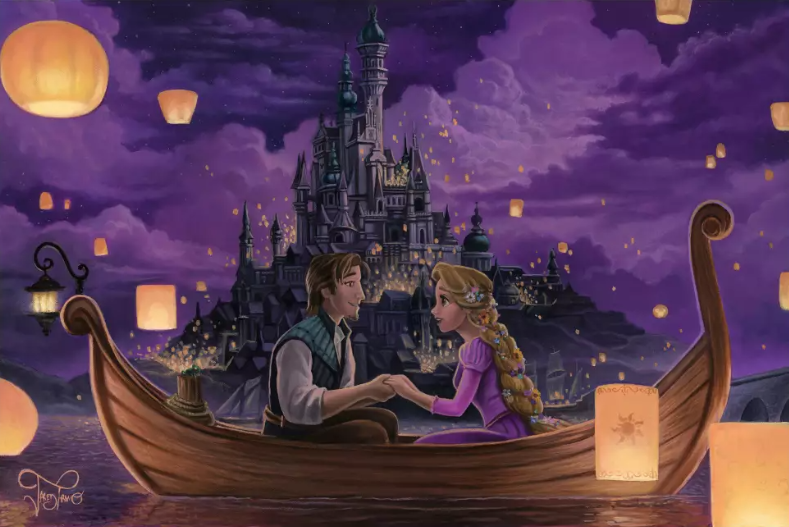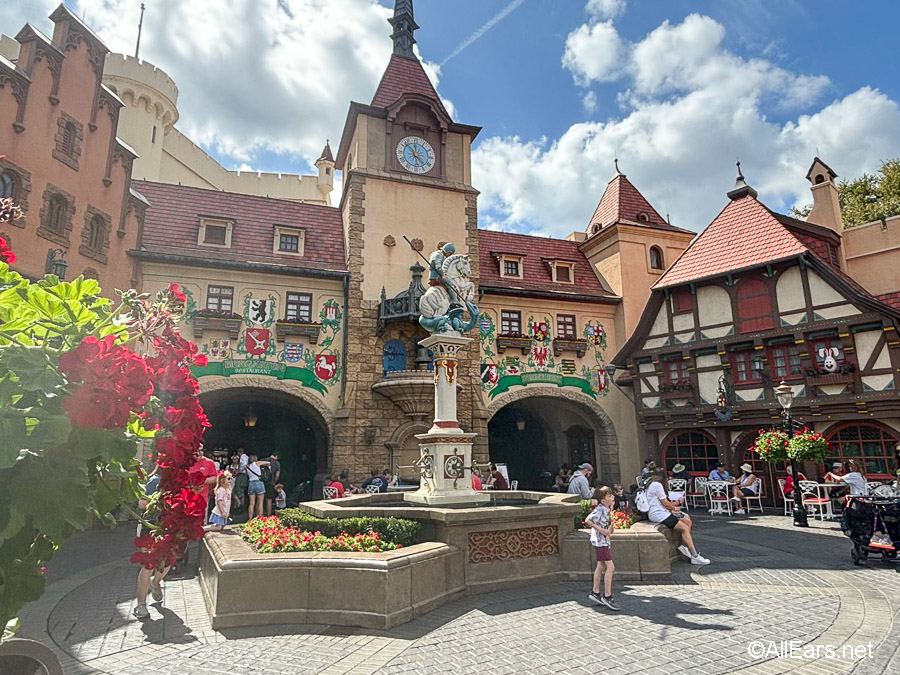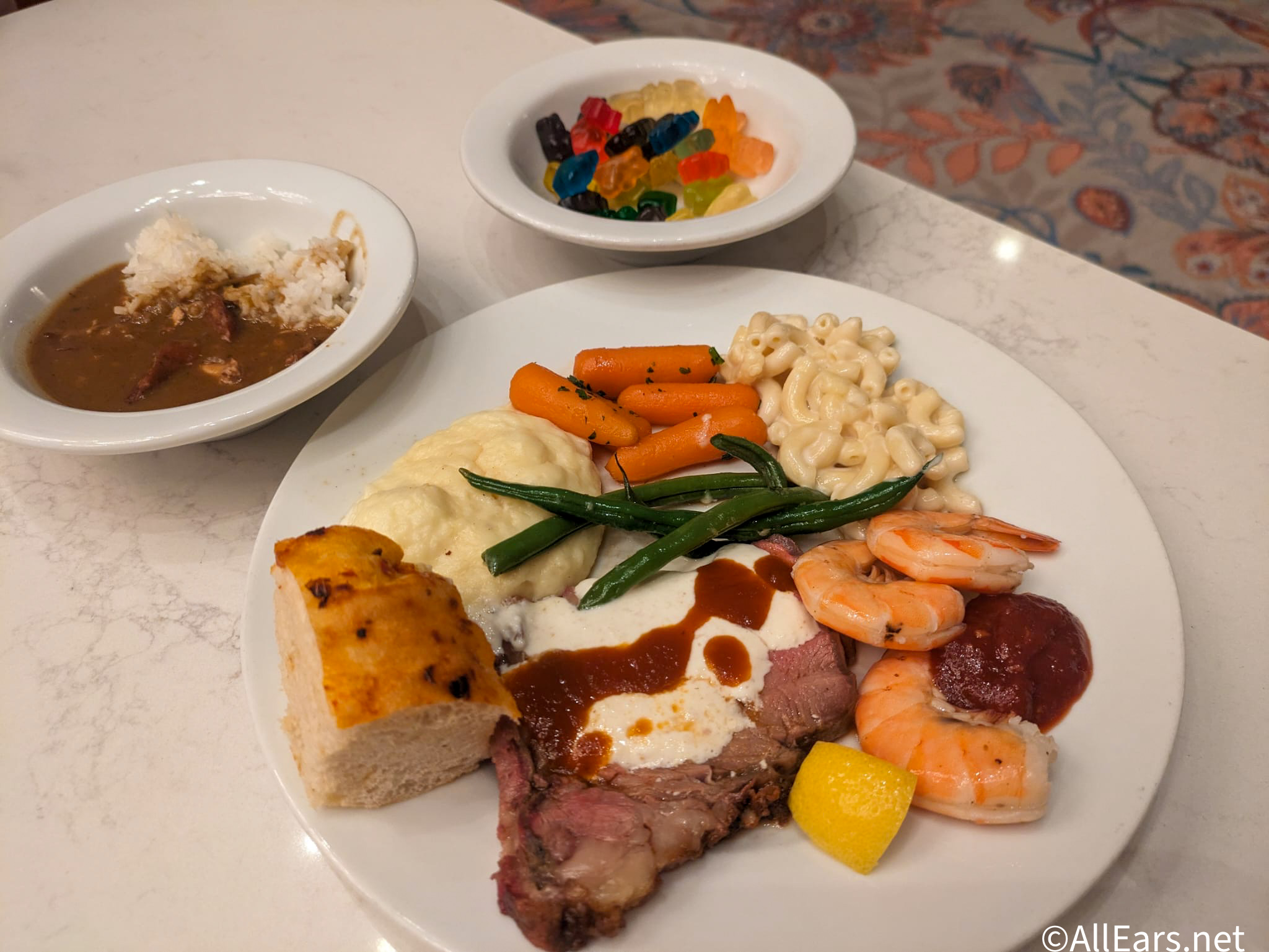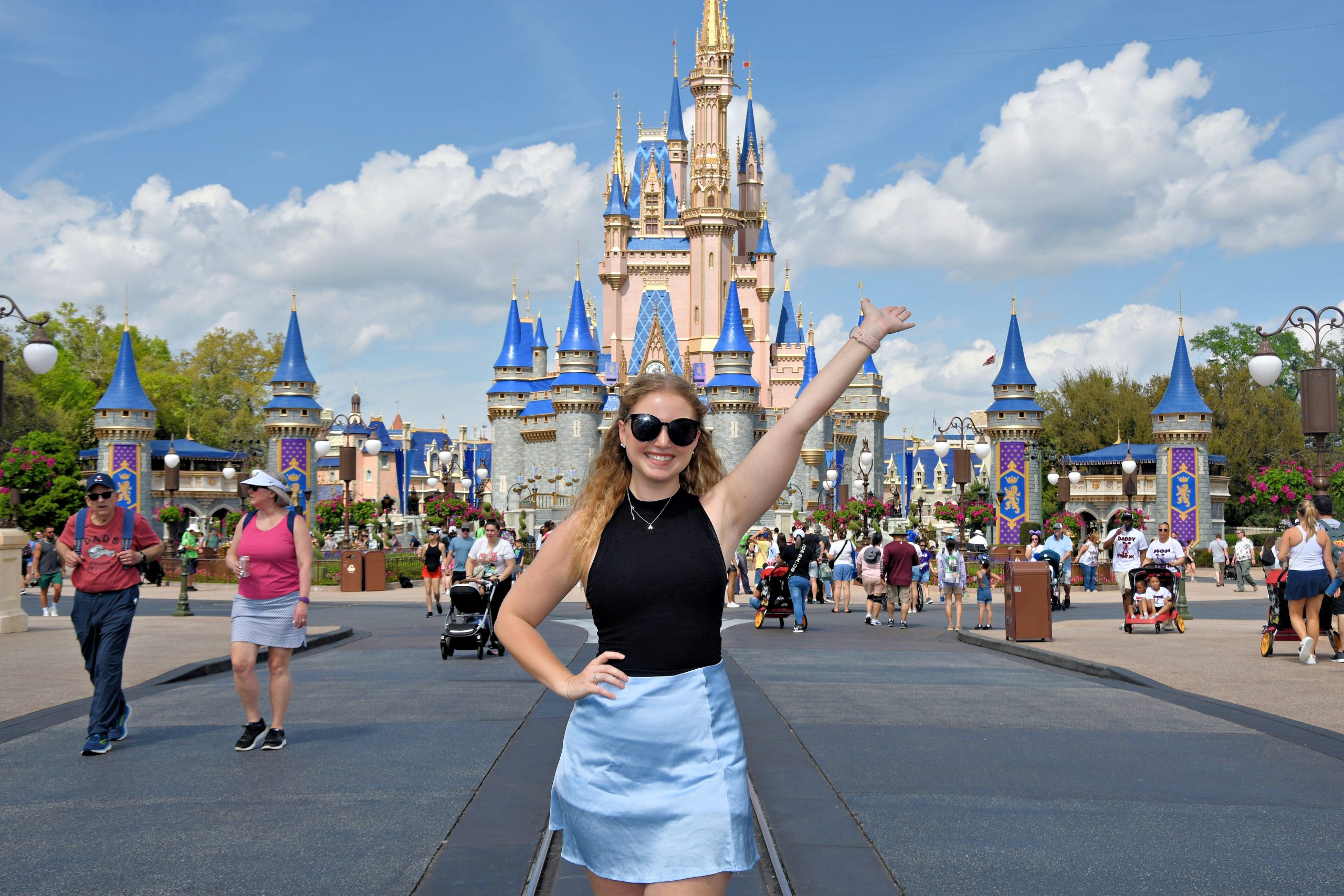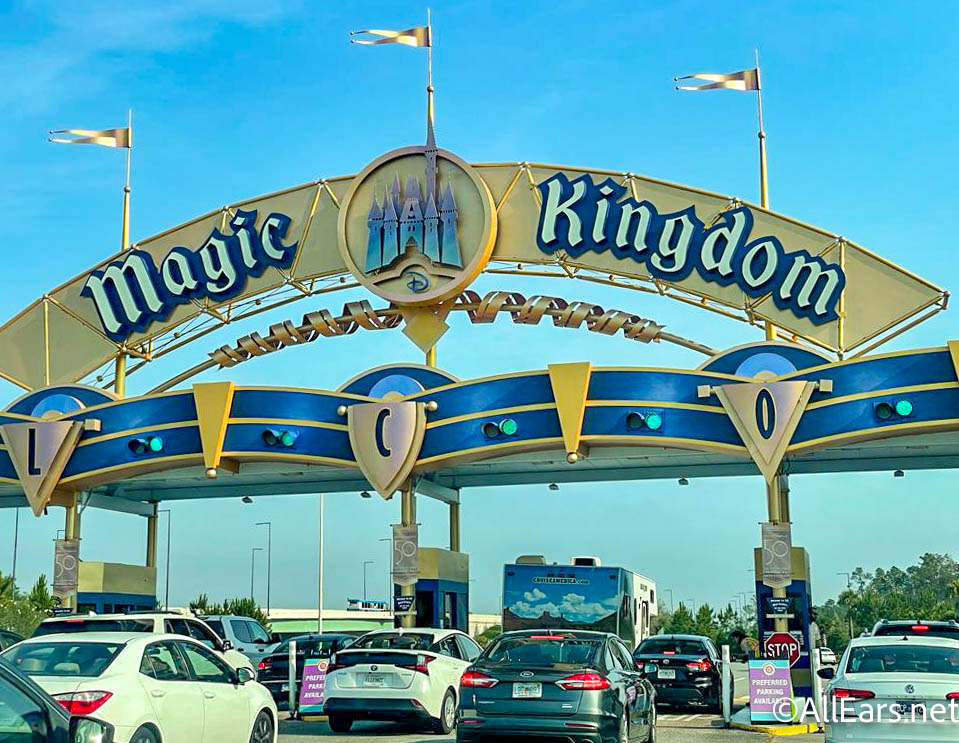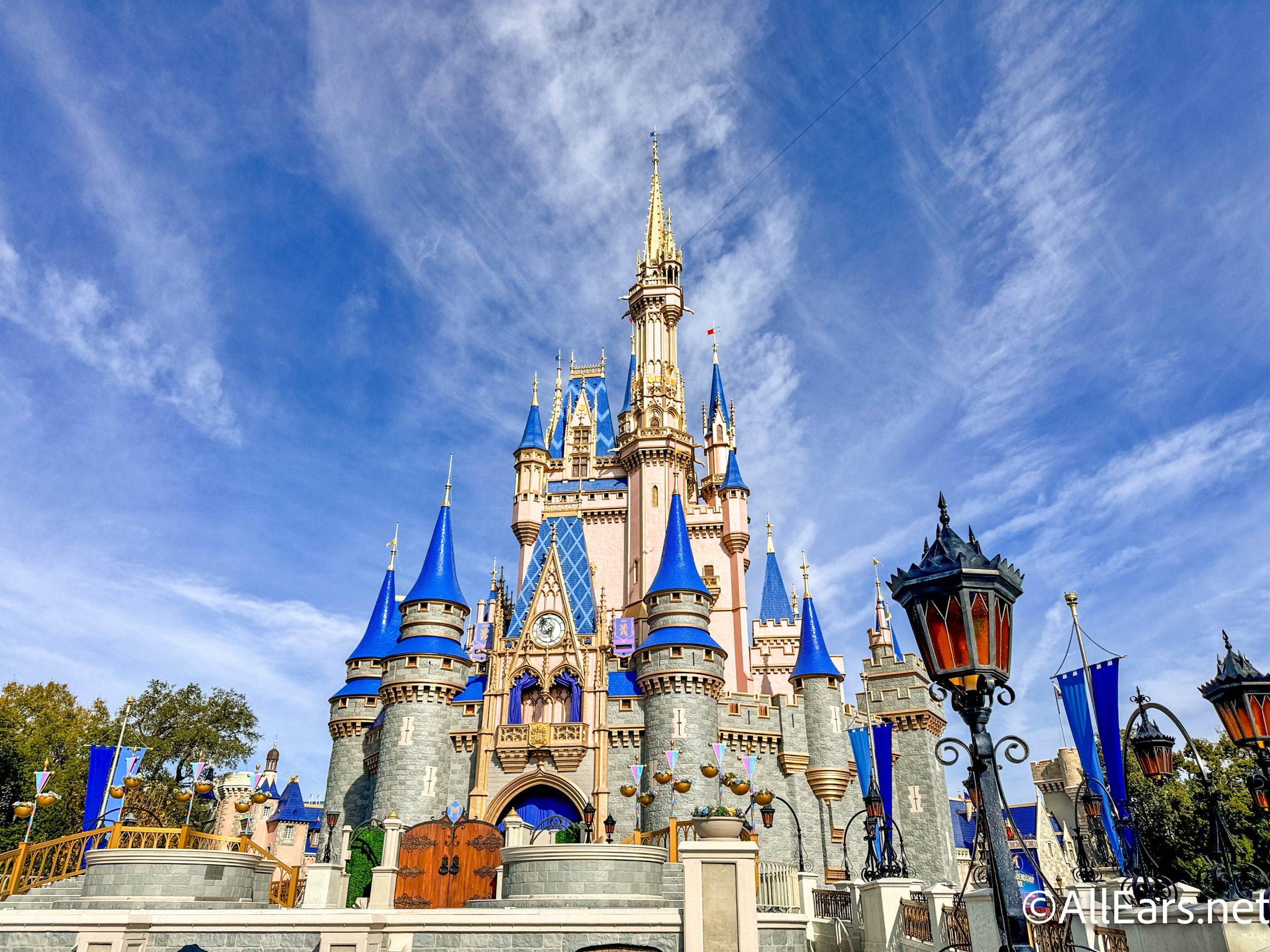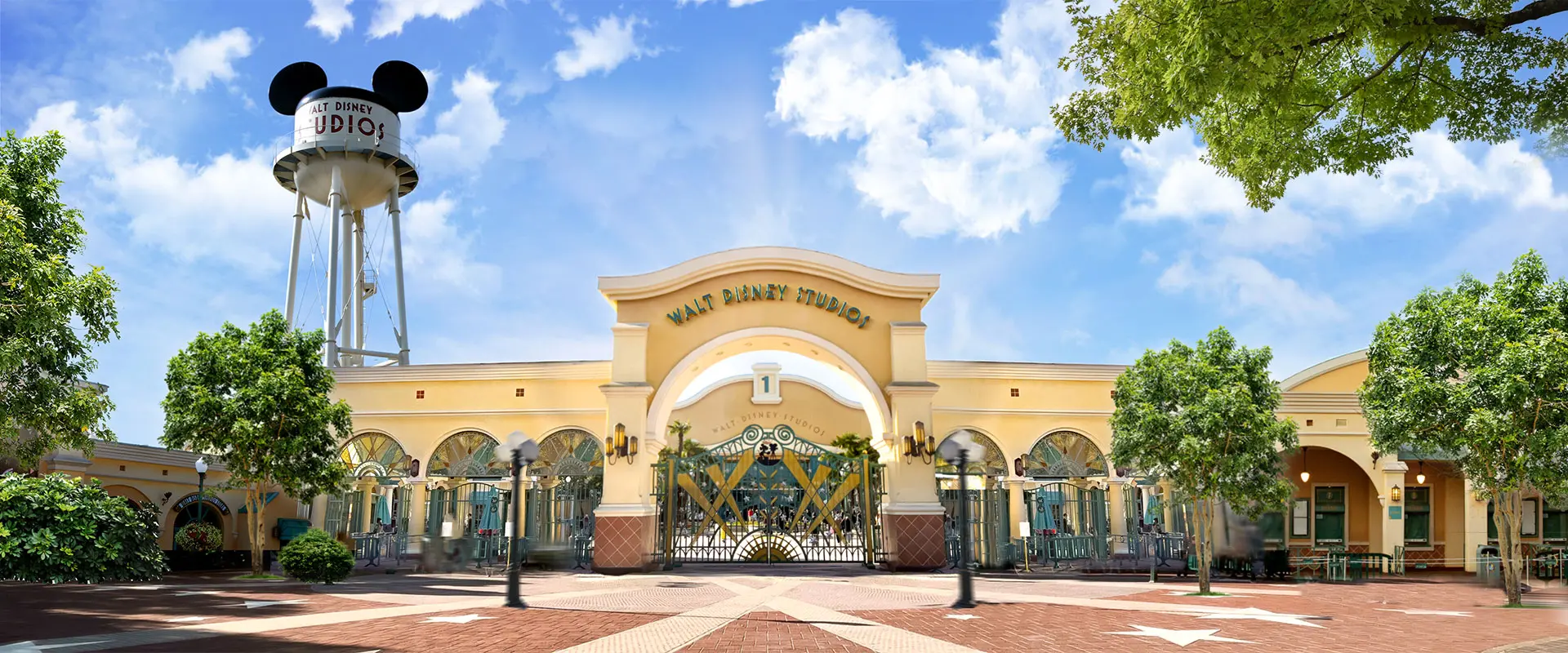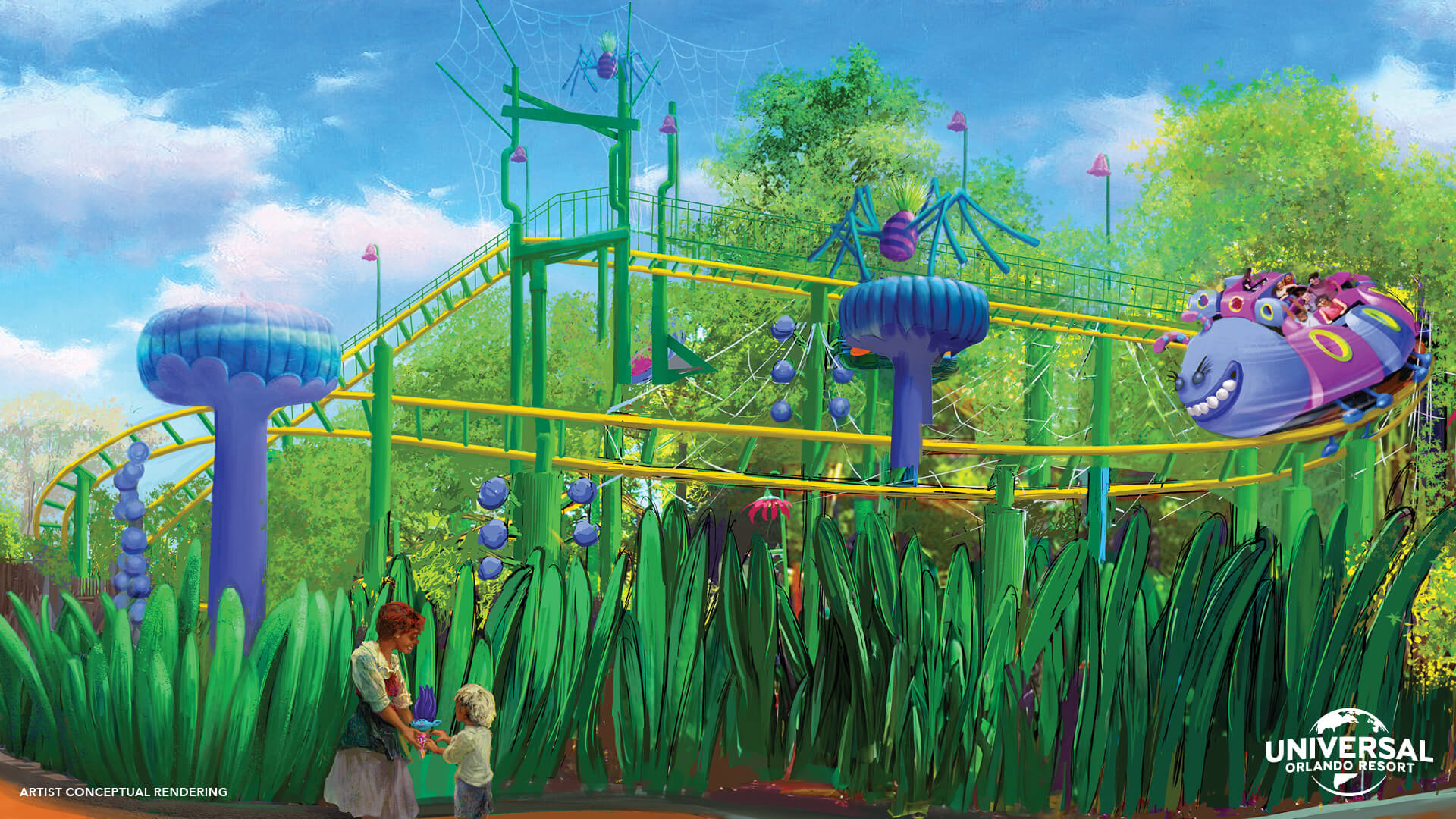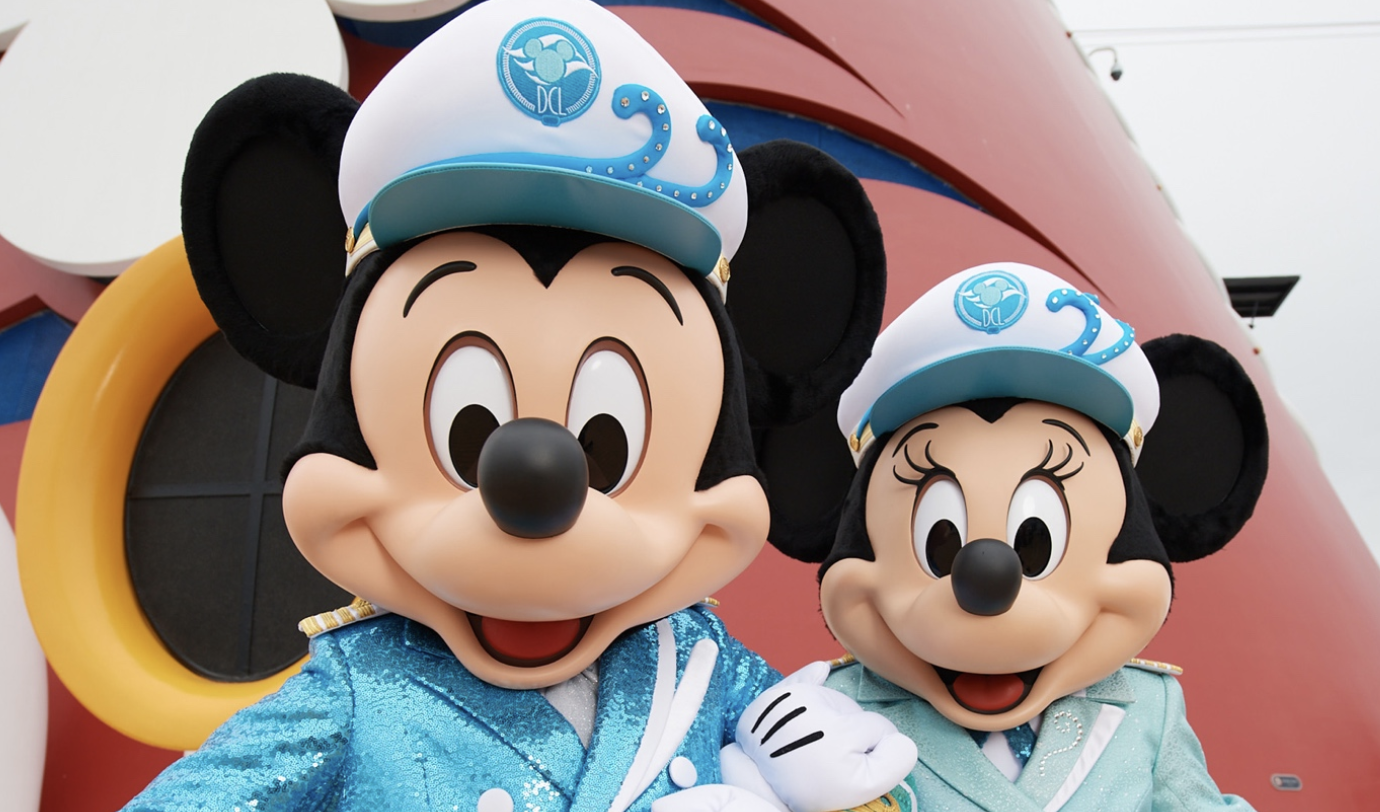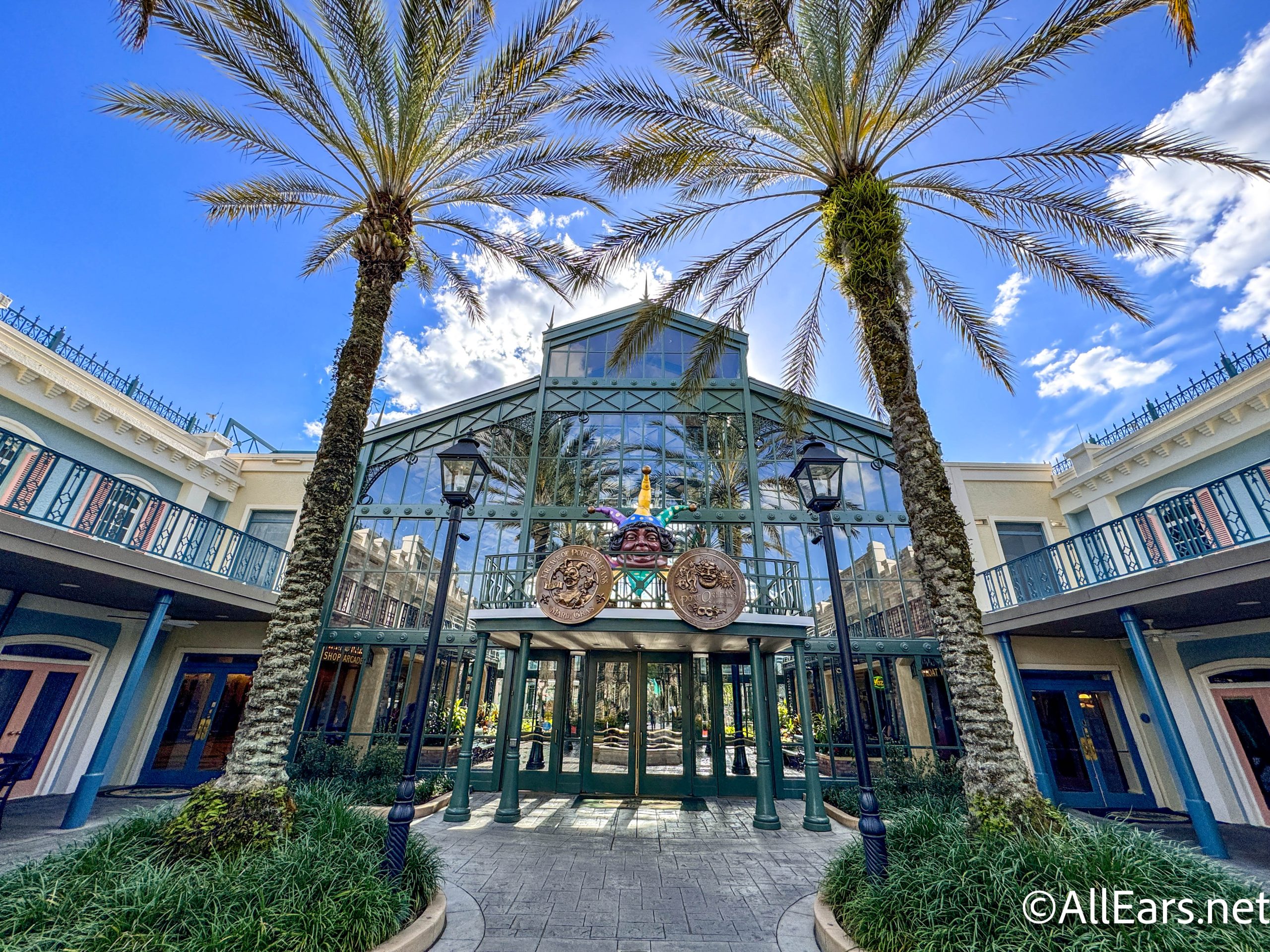Songs for a Slippery Slope: The Music of Frontierland’s Splash Mountain
by Al Krombach
AllEars® Guest Columnist
Feature Article
This article appeared in the March 22, 2016 Issue #861 of ALL EARS® (ISSN: 1533-0753)
Editor's Note: This story/information was accurate when it was published. Please be sure to confirm all current rates, information and other details before planning your trip.
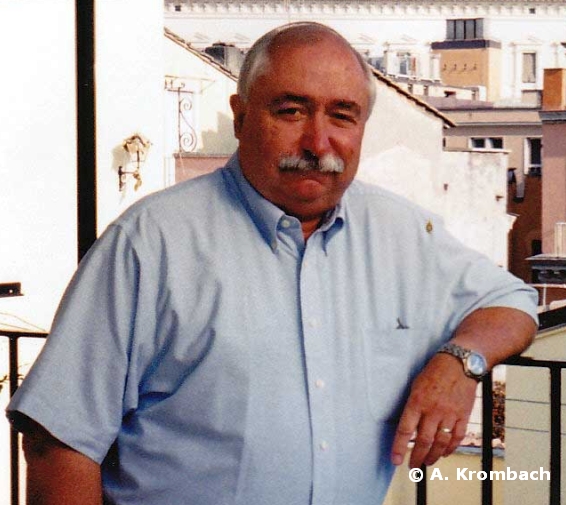 "You ain't heard nothin' yet!"
"You ain't heard nothin' yet!"
Singer Al Jolson's prophetic first words in 1927's "The Jazz Singer" introduced the first feature-length movie with synchronized sound and music to a nationwide audience.
According to his brother, Roy, Walt Disney was inspired by the ground-breaking film to add a synchronized soundtrack to what would be Mickey Mouse's debut performance. "Steamboat Willie" splashed into theaters in 1928. It had moviegoers strolling out of film palaces whistling "Turkey in the Straw" and clamoring for more.
Movie studios immediately demanded music, and lots of it. Tin Pan Alley got the message; dozens of songwriters, including many immigrants and the sons and daughters of immigrants, packed up and headed for Hollywood. The Great Depression helped inspire the migration, since the entertainment industry was somewhat insulated from its worst effects.
For producers, it made songs and soundtracks easy to come by. Disney was quick to take advantage, following "Steamboat Willie" with a series of musical, animated short subjects called Silly Symphonies. Expert tunesmiths like Frank Churchill, who penned the Depression-defying classic "Who's Afraid Of the Big Bad Wolf?" for the 1933 Silly Symphony "Three Little Pigs," lined up for a chance to peddle their talents and see their names in the closing credits.
Disney's revolutionary feature-length "Snow White and the Seven Dwarfs" made animation history in 1937. More blockbusters, "Pinocchio," "Fantasia," "Dumbo" and "Bambi," followed in a five-year stretch known now as Disney's First Golden Era. Each included from four to eight original songs. One, "When You Wish Upon a Star," from "Pinocchio," by Leigh Harline and Ned Washington, captured Disney's first Academy Award for Best Original Song in 1940.
A crippling labor strike in the animation studio followed by World War II limited Disney's production during the early 1940s. But by the time the war drew near its conclusion, word had circulated that the studio was working on a new, full-length feature combining live action and animation as never before. "Song of the South" drew entries from more than a dozen of Hollywood's composers and lyricists, including the three veterans named above. In all, at least 18 songs were considered for the film, with nine making the final cut. Just three songs would survive the film's eventual banishment to entertain new generations of fans at three Disney theme parks' Splash Mountains. Disneyland's version of the attraction opened in 1989. Magic Kingdom and Tokyo Disneyland Splash Mountains followed in 1992.
"Song of the South," set on a Georgia plantation after the Civil War, combines animated versions of three of author Joel Chandler Harris's Uncle Remus folk tales with a live-action drama about a young boy's stressful life. When the boy runs away from the plantation seeking his absent father, Uncle Remus's tale of Brer Rabbit distracts him. In it, Brer Rabbit leaves home only to be trapped by Brer Fox, but the trickster rabbit manages to talk Brer Bear into taking his place in the snare. When the boy is bullied by neighbor kids, Uncle Remus tells him how Brer Rabbit was caught by Brer Fox's Tar Baby, but uses his wits to escape the fox and bear by convincing them to toss him in a briar patch (where he was "born and bred"). Uncle Remus's third tale is about the Laughin' Place. Once again finding himself in the clutches of Brer Fox and Brer Bear, Brer Rabbit tempts them into taking him to his Laughin' Place. It turns out to be a giant beehive, and as the stinging insects rout the two predators, Brer Rabbit has the last laugh.
The boy finds Uncle Remus to be wise and comforting, but his mother eventually forbids Uncle Remus to tell more stories to the boy. Remus loads his wagon and leaves. The boy pursues him only to be badly injured by a bull while crossing a pasture. The boy seems near death, but recovers when Uncle Remus and his father return to his bedside.
Released in 1946, "Song of the South" pleased most audiences. Film critics generally said the live-action segments were bland and predictable while the animated scenes were as fine as anything Disney had ever done. But social critics were not so kind. Even before the film's release, some were calling the movie a racially insensitive portrayal of plantation life, with wealthy whites occupying the manor house while happy African-American laborers toiled in the fields. Disney executives insisted the film was set in the period after the Civil War, but critics said it surely looked like slavery to them. After a few theatrical re-releases, the last on its 40th anniversary in 1986, Disney locked the film away in its vaults. In spite of continuing appeals from film fans, it has never been released on home video format for the U.S. market. (For much more on the film and its accompanying controversy, there's no better source than the book titled, "Who's Afraid of the Song of the South?" by Disney historian Jim Korkis, a frequent contributor to AllEars.Net.)
While the movie itself may be gone with the wind, Uncle Remus's tales from "Song of the South," along with many of its animated characters, survive and thrive today within Splash Mountain, albeit somewhat modified to fit the ride's story line. Three of the movie's songs, easily the most memorable, help to tell each story. They are "How Do You Do?", "Ev'rybody's Got a Laughin' Place" and "Zip-a-Dee Doo Dah."
"How Do You Do?" welcomes Splash Mountain riders to the indoor portion of the ride. Robert MacGimsey provided both the words and the tune. The Pineville, Louisiana, native wrote music primarily in the African-American idiom. (His most familiar song may be the Christmas carol, "Sweet Little Jesus Boy.") Although many thought MacGimsey himself was African-American, he was not. As Disney strove for Southern authenticity, MacGimsey was originally contracted to write the musical score for the film, but only his song survives. In "Song of the South," Brer Rabbit sings "How Do You Do?" to instruct the Tar Baby in good manners. In Splash Mountain, the original lyrics of the song have been altered to conform better to Splash Mountain's story and to give riders an inkling of what lies ahead.
"Ev'rybody's Got a Laughin' Place" begins as Splash Mountain's logs enter a cavern where Brer Rabbit is eventually trapped by the fox and bear and begs to be thrown into the briar patch. Ultimately, riders are "thrown" into the briar patch with him, descending the ride's 50-foot drop. The song was written by the team of Allie Wrubel and Ray Gilbert.
Allie Wrubel was a prolific composer who had written more than 20 film musicals for the Warner Brothers studio before signing with Walt Disney in the 1940s. Wrubel also contributed to the Disney film "Make Mine Music," a sort of pop-music version of "Fantasia" released only a few months before "Song of the South."
Ray Gilbert came to Hollywood in 1939 and spent three-and-a-half years with the Disney studio. One of his special talents was writing English lyrics for foreign-language songs, a skill that helped sustain his career. Gilbert's work can be encountered elsewhere in Walt Disney World at the Epcot World Showcase Mexico pavilion: "Three Caballeros" sets his words to a Mexican tune in the Gran Fiesta Tour boat ride.
In the film, "Ev'rybody's Got a Laughin' Place" is sung by actor James Baskett as Uncle Remus. In Splash Mountain, animal soloists and choruses including opossums sing the tune. Magic Kingdom riders may also detect "Burrow's Lament," a minor-key instrumental version of the song, just before the big drop. As the logs begin their foreboding climb, riders are warned, "If you finally found your 'laughin' place,' how come you aren't laughing?"
"Zip-a-Dee Doo Dah" introduces Uncle Remus in "Song of the South." He sings it as animated birds and butterflies accompany him in one of the film's most memorable scenes. The tune recurs at the movie's end when Uncle Remus, the children and the animated characters sashay happily into the sunset. In Splash Mountain, the song accompanies the ride's finale as the guests' flume logs re-enter the mountain following the drop.
The song was also penned by Wrubel and Gilbert. Sources say the title is derived from a 1916 minstrel tune's chorus: "Zip a dud'n dud'n dud'n zip a dud'n day." In 1947, "Zip-a-Dee Doo Dah" garnered Disney's second Oscar for Best Original Song. It has gone on to become one of the entertainment giant's signature tunes, appearing in more Disney productions, parades, shows and other musical medleys than any other, excepting perhaps "When You Wish Upon a Star."
"Zip-a-Dee Doo Dah" has been covered by dozens of artists from Louis Armstrong to the Jackson 5 to Miley Cyrus. Some of the more interesting versions include one by Wall of Sound producer Phil Spector, performed by Bob B. Soxx & the Blue Jeans, a Billboard top-10 hit in 1962. A Johnny Mercer version reached No. 8 on 1947's Hit Parade. Another best-seller was recorded by Dick "Two-Ton" Baker, who was probably better known for his "Duck and Cover" atomic-bomb ditty. The Bun Bun Brothers rabbit chorus sang it in a 1980 episode of The Muppet Show. And actor Tom Hanks delivered a solo version in the 1984 movie "Splash."
Disney's extensive use of the tune in theme parks included the original Mickey Mouse Revue; animatronics from that early Disneyland attraction eventually found their way into Splash Mountain. It also occurs regularly in parade medleys and live shows. The Disney Channel uses it frequently as background music for various promotions.
In one of the more charming renditions, Mickey Mouse played a ragtime version on piano as he introduced the very first Mickey Mouse Club television episode on October 3, 1955.
Author's Note: Splash Mountain soundtracks were produced in a jazzy orchestral arrangement for Disneyland, probably because of the attraction's location near New Orleans Square, and in a country-bluegrass mode for the Magic Kingdom's Frontierland and Tokyo Disneyland. Background music in the Frontierland Splash Mountain waiting area contains more tunes from "Song of the South," including instrumental versions of "That's What Uncle Remus Said," "Let the Rain Pour Down," "Sooner or Later," and the opening theme. A Magic Kingdom Splash Mountain medley first appeared on the Walt Disney World Resort Official Album CD released in 2000 and is included on all newer Walt Disney World CDs.
= = = = = = = = = = = = =
RELATED LINKS
= = = = = = = = = = = = =
Splash Mountain at Walt Disney World
Splash Mountain at Disneyland
Al Krombach has previously written for AllEars.Net:
The Music of Impressions de France
The Music of the Haunted Mansion
Finding Oscar: Academy Award-Winning Songs at WDW
-=-=-=-=-=-=-=-=-=-=-
ABOUT THE AUTHOR: A professional journalist for more than 30 years, Al Krombach has worked for several Florida newspapers and retired in 2015. He is an alumnus of the Florida State University College of Music and has worked with a variety of musical groups (as an instrumentalist) and choirs (as a director). He and wife Vicky have three children and five grandchildren, every one a Disney fan. They are longtime Disney aficionados and have accumulated more than 250 park visits since the World began.
-=-=-=-=-=-=-=-=-=-=-
EDITOR'S NOTE: Would you like to be an AllEars® Guest Columnist? Check out our Writers' Guidelines and send your idea for a feature to AllEars® Editor Deb Koma HERE.
-o-o-o-o-o-o-o-o-o-o-o-
Editor's Note: This story/information was accurate when it was published. Please be sure to confirm all current rates, information and other details before planning your trip.

